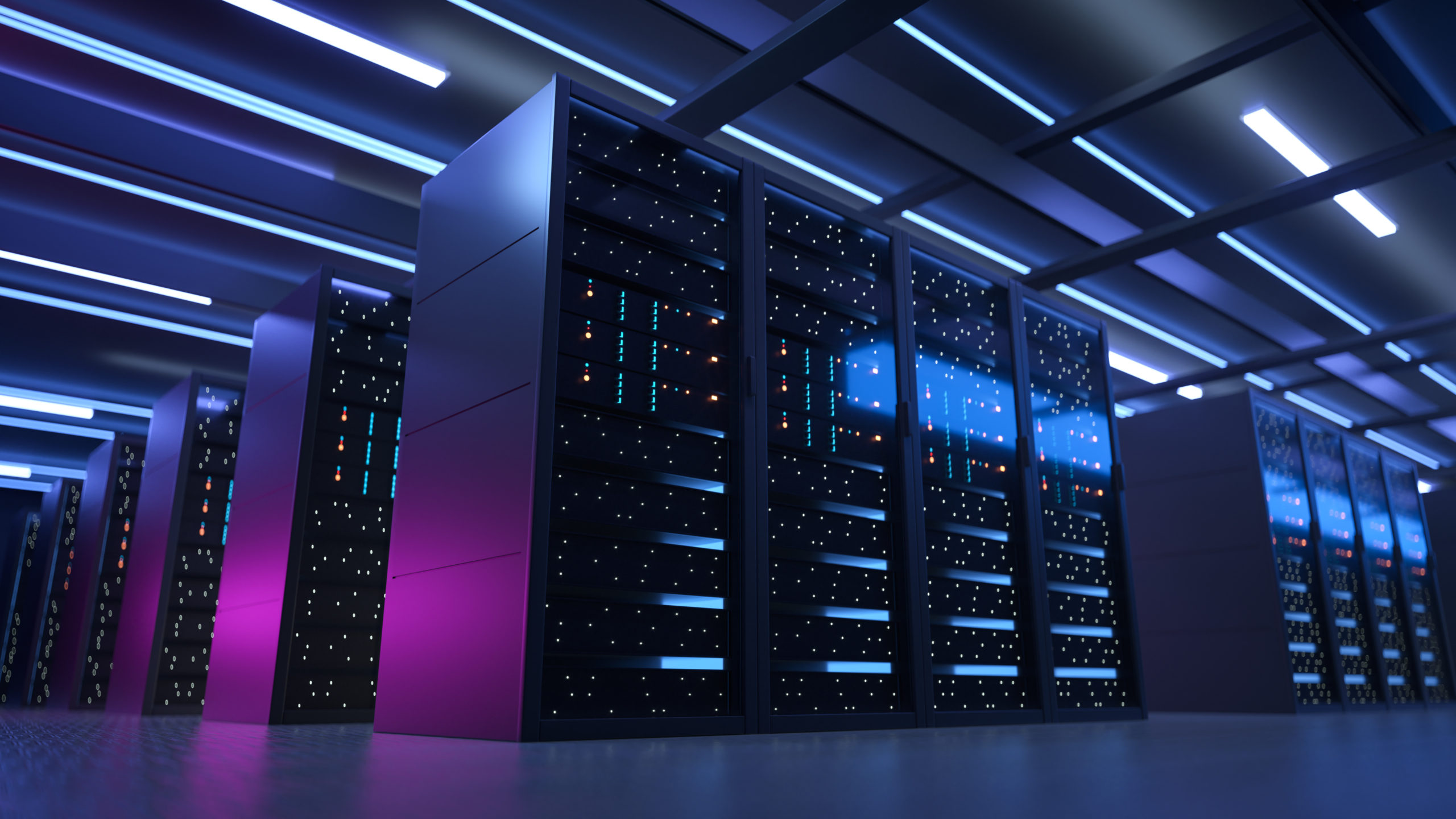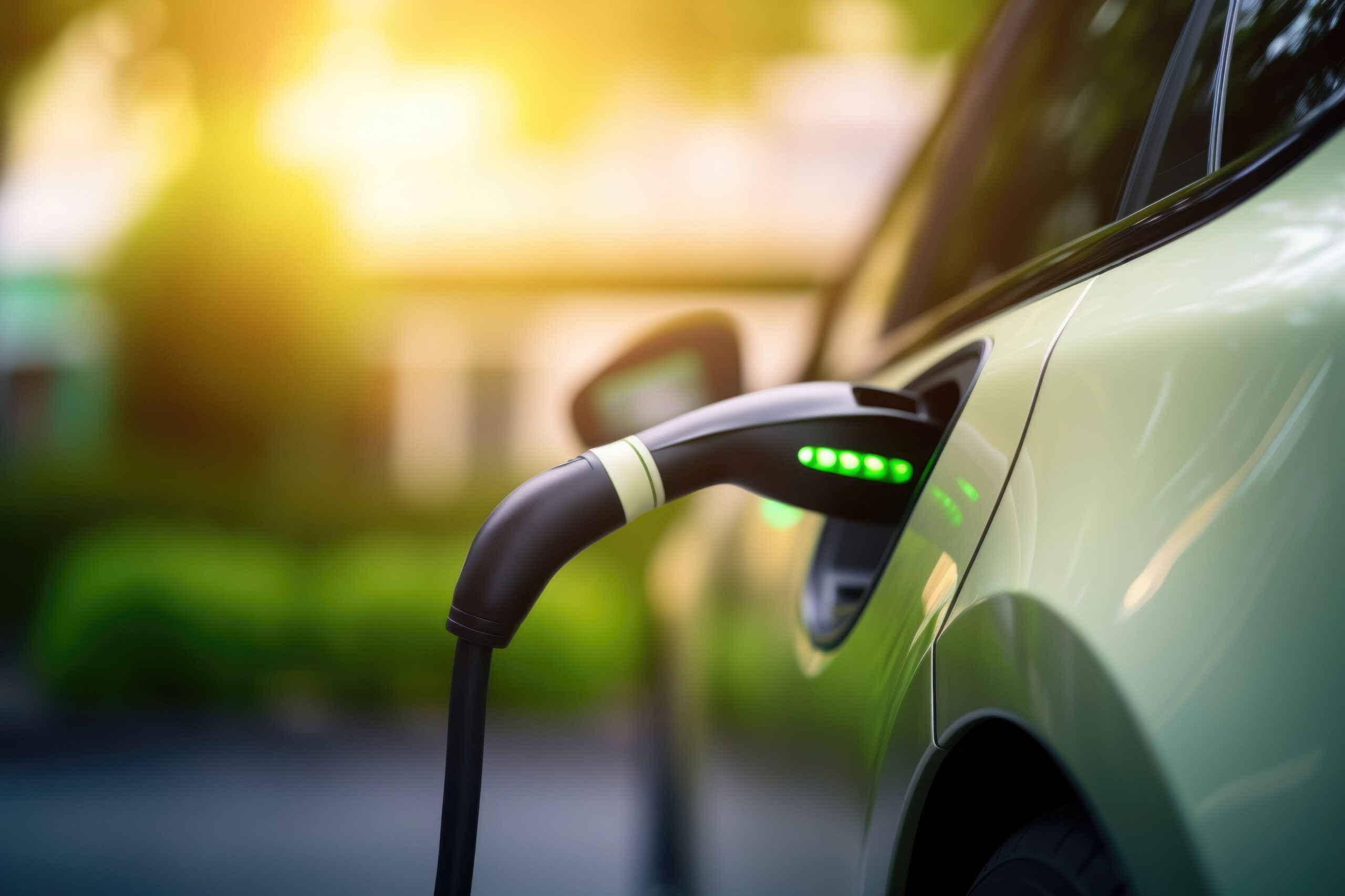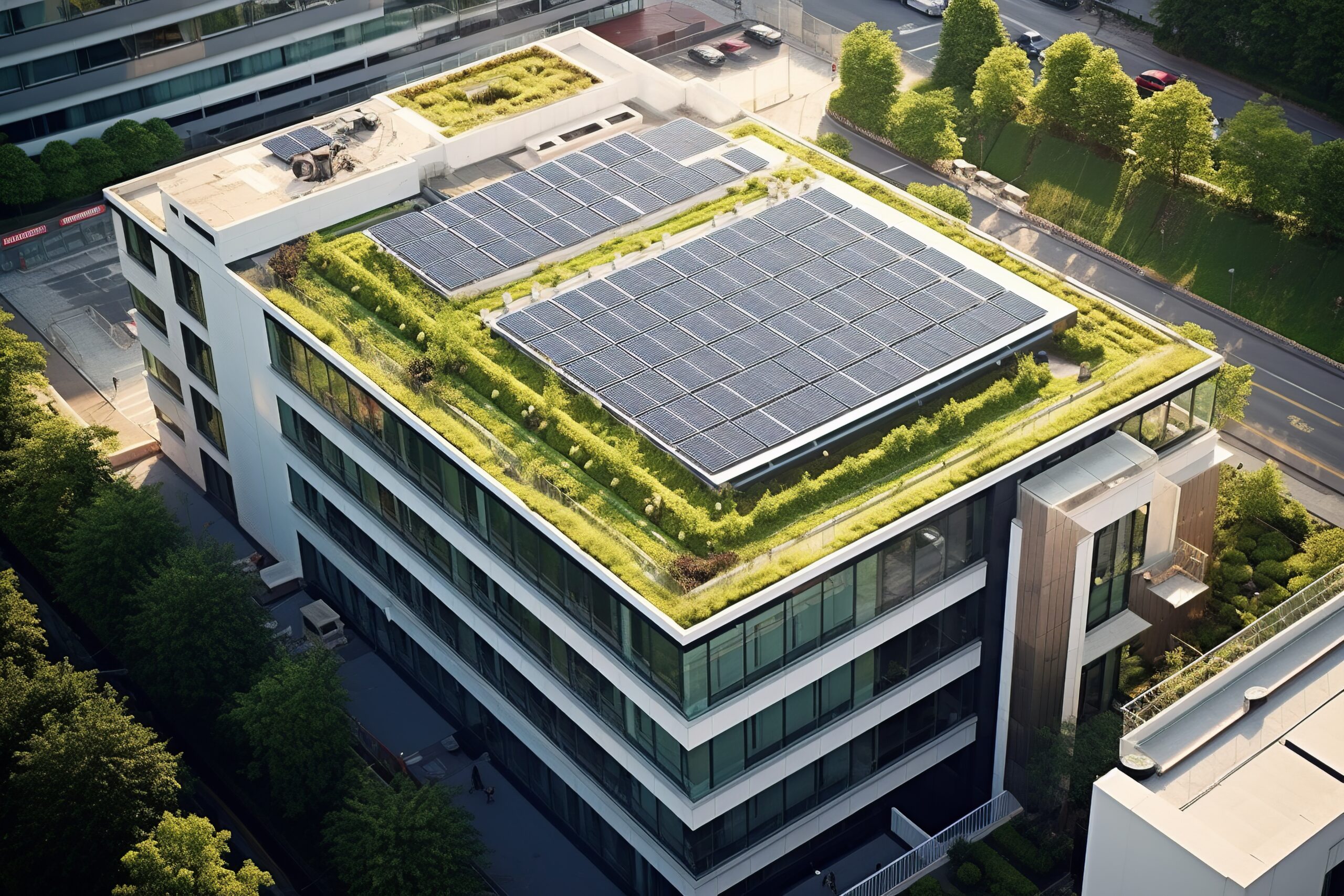
Datacenters and energy performance
With the ongoing digitization of many sectors of the economy, the continuous popularity of remote working and the increasing importance of digital technologies in private usage, our bandwidth requirements are increasing constantly at a rate of almost 25% every year. Datacenter professionals in France, however, have observed only a very slight increase or near stagnation in resource consumption related to their infrastructures: a mere 6% increase between 2010 and 2018, while processing power increased almost fivefold in the same period. For datacenter operations, energy is a key issue. Even before the surge in electricity prices, energy accounted for around 30% of costs.
The challenges of energy performance in datacenters
Within a datacenter, energy use accounts for a significant portion of operating costs. A datacenter also consumes other sensitive resources to run its cooling systems, such as water and air. Running a datacenter also generates greenhouse gas emissions, in varying amounts depending on the type of primary energy used in generating power, the materials, the quantity of equipment, etc. According to Olivier Michelli, CEO of the European operator Data4, and Chair of the professional association France Datacenter, “the portion of operational costs from energy accounted for 30% in 2021, prior to the increase in energy prices, and is likely to rise to 50% by 2023.” During the same period, electricity prices went from €50 to €500 per megawatt-hour, owing to the sharp deceleration in nuclear power generation in France, requiring energy companies to generate electricity from gas, whose price has been driven higher by geopolitical tensions in Europe. Energy performance is therefore a major factor in maintaining operator margins, particularly for smaller players, which are not able to pass on these costs to their customers. This is also a social and environmental issue, as datacenters are responsible for almost 3% of energy consumption and 2% of GHG emissions worldwide.
Datacenter operators acted ahead of the increase in energy prices to tackle the issue of energy performance in their installations. This sector has demonstrated a certain degree of voluntarism for many years: the energy performance indicator, or PUE (power usage effectiveness), is the ratio of the total amount of energy used against the energy used by just the computing equipment. The average PUE has dropped in the past ten years from 2 to 1.5 and continues to improve, particularly in larger datacenters.
Energy is not the only concern for datacenter operators. Improving their environmental footprint is now a real issue, as well as a trump card for those businesses ahead of the curve. Increasing numbers of programmes focusing on the lifecycle analysis of datacenters are being launched, yielding precision data on the CO2 emissions of datacenters from cradle to grave. The most significant areas alongside CO2 emissions are the air and water consumed in providing cooling to server rooms. Beyond the PUE, new indicators are now emerging, such as CUE (carbon usage effectiveness) and WUE (water usage effectiveness).
Datacenters have greatly improved in efficiency
Improving datacenter performance in the operational phase is key, as this paves the way for major savings. Between 2010 and 2020, the power needed to process 1 terabyte of data has decreased ninefold.
Another source of performance leverage is the urbanization of server rooms, i.e. designs geared to the optimal management of heat and energy transfer within datacenters. Hot and cold aisles can better dissipate heat and provide cooling where needed, avoiding the need to air-condition every single room.
Opting to increase the temperature of server rooms also helps to save on energy required for cooling. This point is key, since allowing higher operating temperatures will in turn reduce the need for cooling. Cooling systems are vital for maintaining servers in optimum operating conditions and “they account, on average, for between 30 and 50% of energy costs for datacenters”, according to APL, the consulting and engineering firm specialised in the design and construction of datacenters. According to Olivier Michelli, “increasing the temperature of server rooms by 2-3°C, as recommended for this coming winter, represents a 7-8% saving of the energy used for cooling.” Both the datacenter design and the age of the equipment will dictate whether or not it is possible to increase these rates.
Technical solutions to drive further improvements
In order to drive energy performance even further, the development of new technologies and new operating methods is key.
In server cooling, the single biggest consumer of energy, a number of experimental techniques are being trialled. Solutions for water-based cooling, or liquid cooling, are under development. In Marseille, the cloud services hosting company Interxion has repurposed a tunnel formerly used for channelling water runoff from the Gardanne mines, in order to perform heat extraction. According to Linda Lescuyer, Interxion’s Director of Energies in France, this solution, known as river cooling, “is 30 times more energy efficient than traditional cooling systems.” For its part, Microsoft has deployed an underwater datacenter prototype on the seafloor off Scotland. After two years in operation between 2018 and 2020, this new-breed infrastructure clearly delivered. Its performance level, attributable mainly to the absence of human intervention, surpassed all expectations.
Aside from the dissipation of heat produced by servers, another major issue is the recovery of waste heat from datacenters. This means heat that is generated by equipment but not recovered for another purpose and therefore considered as wasted. Such processes for recovering waste heat would have the dual benefit of dissipating the heat output by “mere” extraction, and of avoiding the need for surrounding infrastructures to generate heat. One conceivable outcome might be a neighbourhood heated by a nearby datacenter. With different types of demo concepts being trialled, it is important that in-depth studies of heat recovery processes are undertaken prior to project implementation. Heat generation and ongoing requirements in surrounding buildings must be accurately determined in order to ensure that projects are relevant. For the time being at least, there are a number of obstacles to the large-scale development of these technologies.
Ultimately, in order to improve the performance of existing datacenters in a simple and efficient way, the preferred solution still has to be effective management. DCIM (datacenter infrastructure management) software is an effective and reliable method, as it monitors settings in order to control equipment with precision. The software facilitates the management of energy supply and also the load and flow of data in servers.
Beyond the development of technologies, datacenter stakeholders need to be investing in operational expertise, and in qualified human resources in particular, in order to improve the energy performance of their infrastructures and to analyze site behaviours in greater detail. The effective management of a datacenter relies above all else on real systems expertise.

